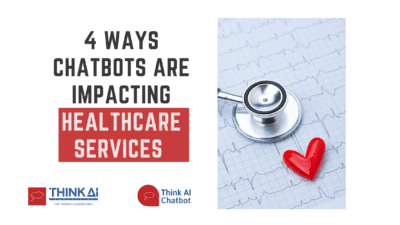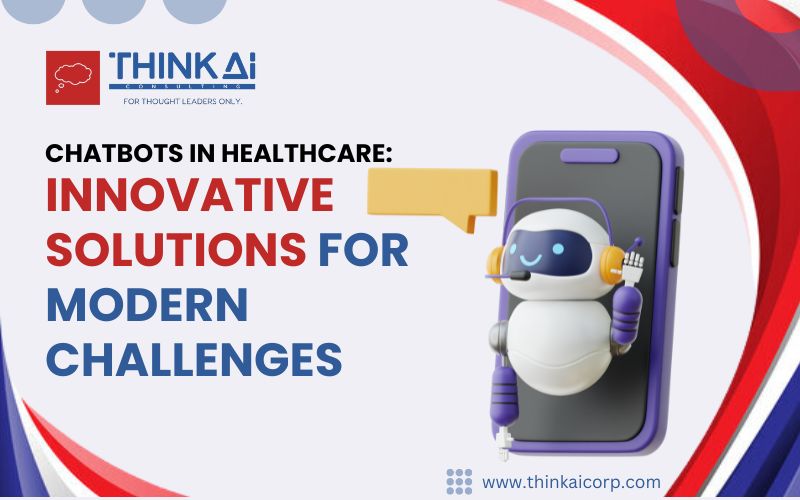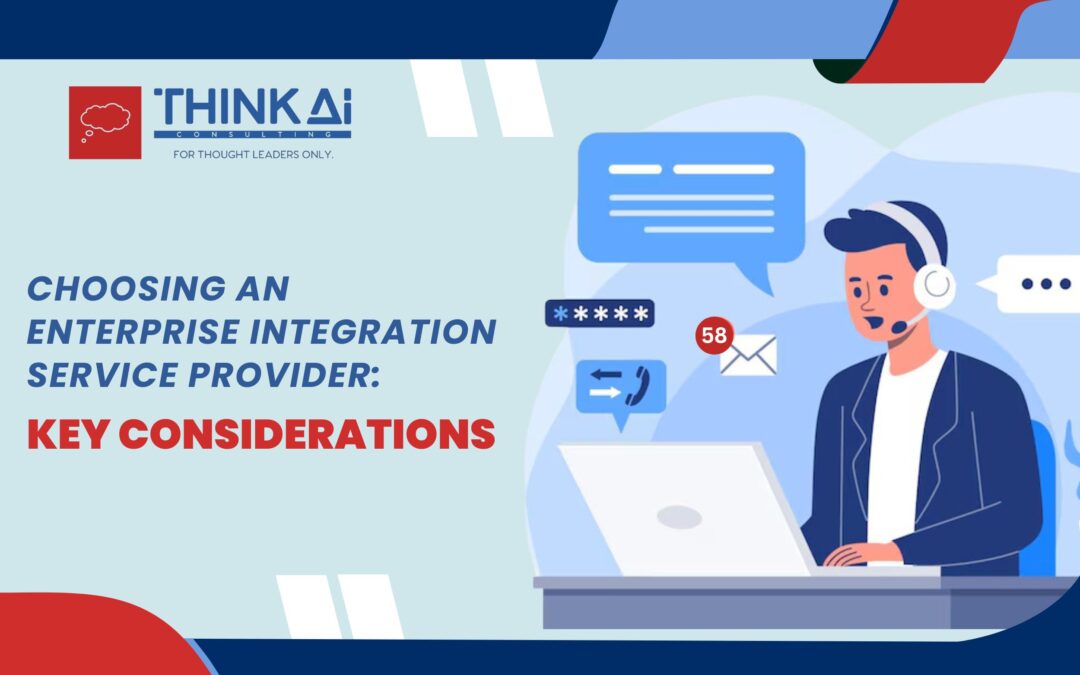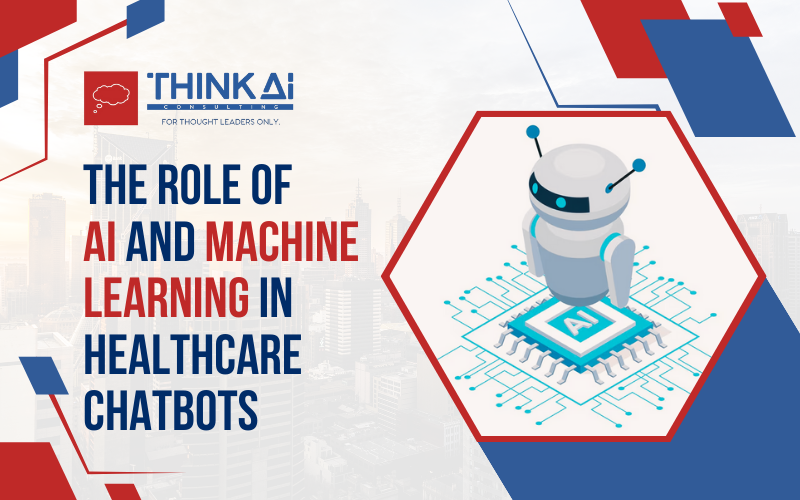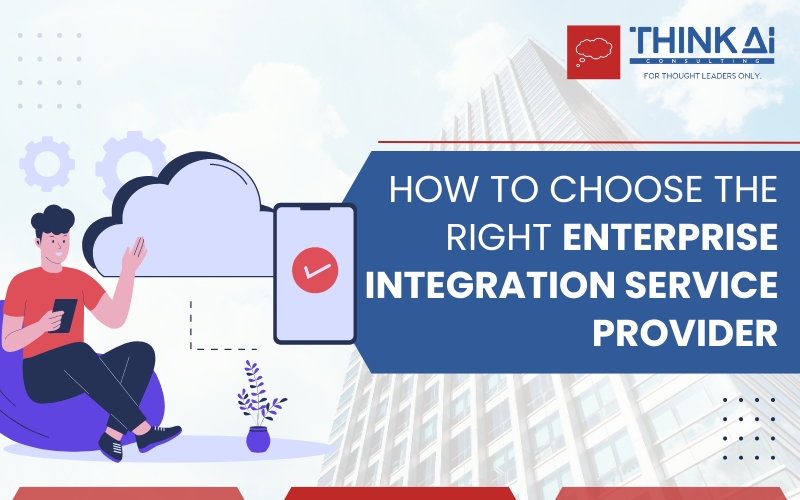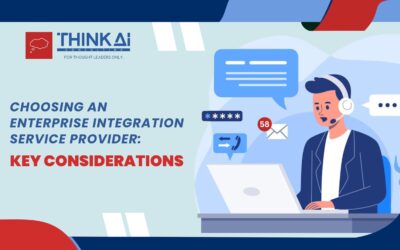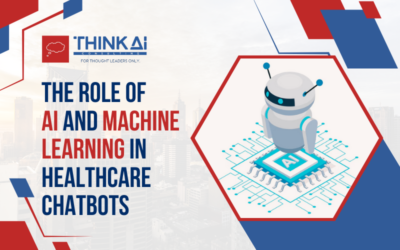The possibilities for chatbots to grow are relatively high when talking about the healthcare industry. Although the rate of adoption is not yet generalized, the number of chatbots in the healthcare industry is rising. Implementation of these AI-powered chatbots directly impacts both the entities (service providers and patients).
Chatbots have immense potential in the healthcare sector for efficient implementation. Here are four ways in which chatbots affect health care services:
One – Reducing Workload Of Healthcare Professionals
With the increasing use of technology in the healthcare industry, a majority of everyday tasks are automated. Still, initial patient interaction and several routine tasks are being managed in-person by healthcare professionals by establishing direct contact with the patients. Using healthcare chatbots, most of these manual interactions can be automated. It will not just reduce the chances of human errors but also save a lot of time for healthcare professionals.
Some of the activities that healthcare chatbots can perform on behalf of healthcare professionals are:
- Recording medical notes (patient’s medical history),
- Planning Appointments and hospital visits,
- Providing detailed information on prescribed drugs.
Two – Improving Patient Engagement and Lead Generation
Implementation of chatbots in the healthcare industry helps improve patient engagement and boosts leads generation activities too. Using chatbots, healthcare service providers can send periodic reminders to the patients about their next visit, educate them about crucial milestones in their treatment journey, or simply asking patients for their feedback on the treatments offered.
Chatbots can also automate patient review management and increase the online ratings of healthcare service providers by asking patients for writing reviews on Google, Yelp, or Facebook. Better ratings on online review platforms directly impact the conversions from online mediums.
Three – Saving Patient’s Time, Money, and Efforts While Getting Treatments
Chatbot assistants can be helpful for patients in the following ways:
- Timetable follow-ups,
- Provide medication with daily reminders,
- Ease the documentation of symptoms,
- Payment-processing speed’s increase,
- Answer questions related to wellness.
By actively involving them and their loved ones in their care, such apps improve patient involvement. In doing so, the patient’s confusion about their therapy decreases, which can decrease dissatisfaction and improve overall satisfaction.
Four – For patients to reveal personal details, they give a bias-free room.
AI chatbots, like therapy bots, allow users to chat about their well-being. Although they do not substitute face-to-face empathy for these bots, they can:
- Answer questions 24/7 without getting frustrated, tirelessly in a soothing, cheerful tone,
- Providing a sense of anonymity for patients, encouraging them to open up about their health,
- Talk to all patients subjectively and consistently without prejudices or personal issues influencing their results.
To conclude:
Given the future use and cost-effectiveness of the technology in the healthcare sector, the healthcare industry will continue to advance and hone this new technology. In the future, a vast improvement in their ability to imitate people in actions and services is forecast, given the humanism of current chatbots.

Manish works primarily with implementing cutting-edge technology for thought leaders who can envision moving their company into the future of business. These technologies include application of Artificial Intelligence, chatbots, Business Intelligence, and Data Analytics through Power BI. He is your ideal partner to guide you through a complex technology transition in your business.
President of International Association of Microsoft Channel Partners (IAMCP) SoCal
Strong focus on customer service with a history of A++ client satisfaction
Awarded the 2019 IAMCP SoCal Partner Choice Award
Awarded the ABAOC 2019 Presidential Award of the year


